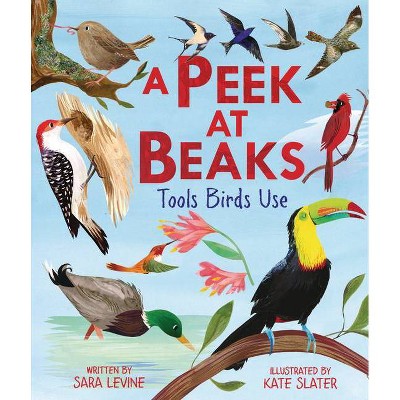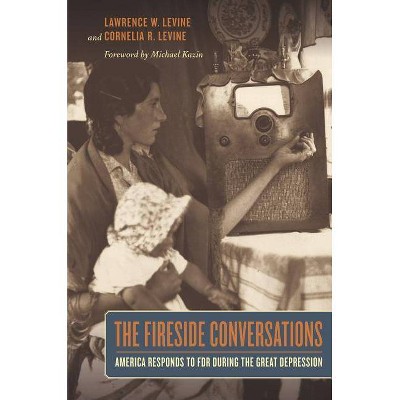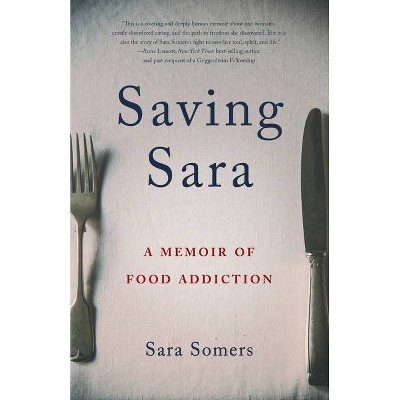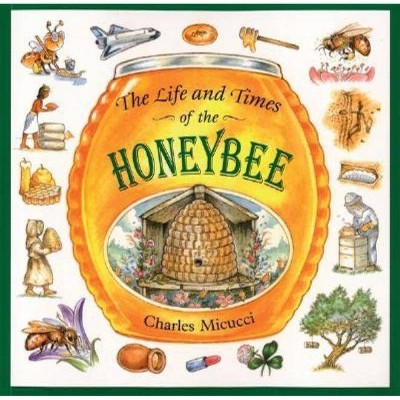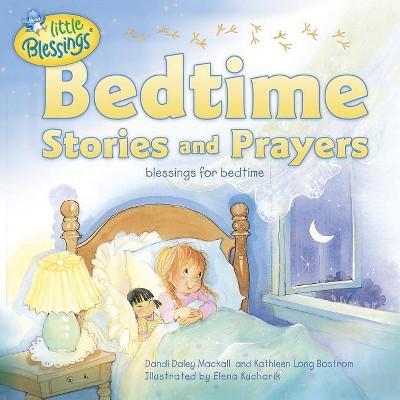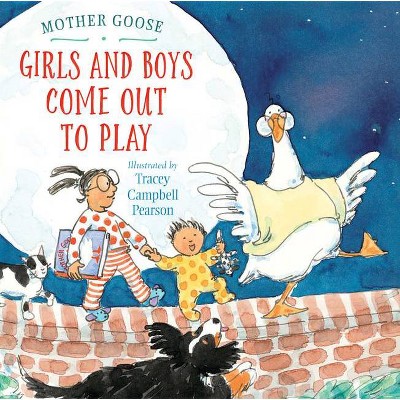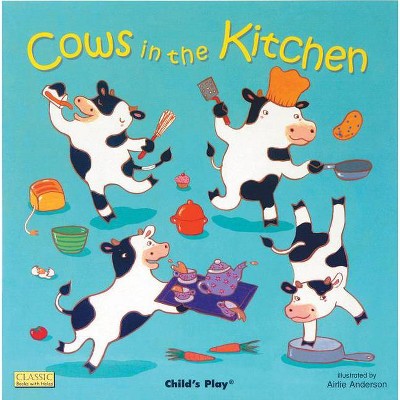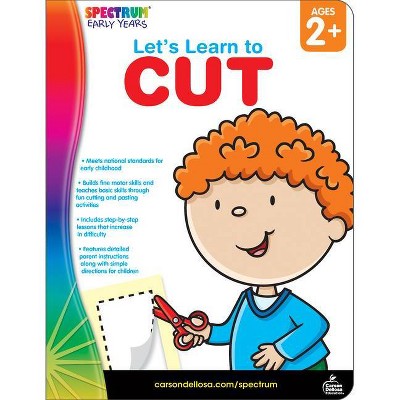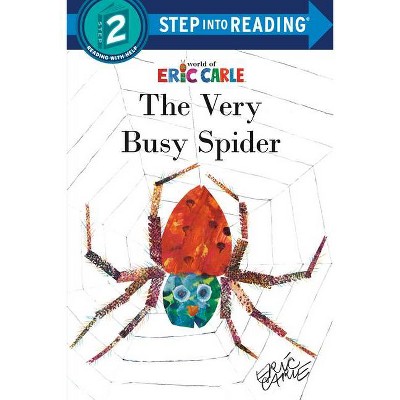Germs Up Close - by Sara Levine (Paperback)
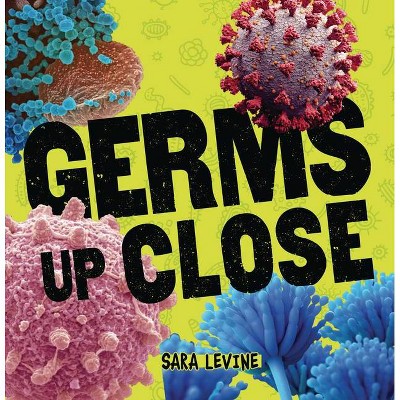
Similar Products
Products of same category from the store
AllProduct info
<p/><br></br><p><b> About the Book </b></p></br></br>"Have you ever seen a germ up close? Really, really up close? Micrographs and illustrations combine with accessible text to introduce readers to viruses, bacteria, protozoa, and fungi-including COVID-19-that can make people sick"--<p/><br></br><p><b> Book Synopsis </b></p></br></br><p>Have you ever seen a germ up close? Really, <em>really </em>close? Award-winning science writer Sara Levine introduces readers to a variety of viruses, bacteria, protozoa, and fungi that can make people sick--including SARS-CoV-2, <em>E. coli</em>, and ringworm. Micrographs and illustrations show extremely close-up views of the germs that are at once incredible and a little gross.<br /> <br /> The book concludes with tips for staying healthy as well as information about the immune system, vaccines, and medicines. It gives readers accessible, up-to-date scientific information presented in a way that emphasizes curiosity rather than fear.</p><p/><br></br><p><b> Review Quotes </b></p></br></br><br><p>Upper elementary readers will be fascinated by the highly developed, brightly tinted micrographs and illustrations dominating Levine's informational book about germs and their effects on the human body. Perfect as a launch point resource to begin a science unit, Levine's succinct overview of germs provides basic particulars about bacteria, protozoa, fungi, and viruses, with visually dynamic examples of each. Simple, unembellished explanations introduce the four types of germs, while featured examples include pronunciation guides, habitat details, and 'more to know' facts about how they may affect the human body. Coordinating frames and background color palettes segment the topics and main text around the boldly colored close-up shots. While formatted with well-placed labels, some visuals are marked with scientific names that go unexplained in the text, leaving readers to look up the subjects from outside sources. Levine includes a glossary and a brief resources list as back matter. In the section centered on viruses, which includes COVID-19 as an example, the author references scientific innovations in treatments, such as vaccine development and basic hygiene practices. In this manner, Levine brings readers 'face-to-face' with microscopic germs to learn how they share our world and how we protect ourselves from those that are harmful. VERDICT Full of close-up visuals, this informational picture book <strong>provides basic, introductory support for explorations in upper-elementary science units about germs, including the COVID-19 virus, and brightly promotes the necessary correlation between scientific knowledge and health safety.</strong>--<em>School Library Journal</em></p>-- "Journal" (5/1/2021 12:00:00 AM)<br><br><p>A photo gallery of dangerous microbes, with basic guidelines for keeping them at bay.<br /> <br /> Though the quality of the microphotography falls off when Levine gets to explaining the immune-system roles that various types of white blood cells play, overall the pictures are the stars of the show. Most are big, bright of hue, and so clear that <strong>even the smallest physical details of bugs from <em>E. coli</em> to coronavirus stand out in sharp, precise definition</strong>. 'Who would have imagined, ' writes Levine, 'that they would be so interesting and beautiful to look at?' The author's strenuous efforts to keep her commentary simple may leave readers confused about whether all germs are by definition 'bad' are often or in certain conditions harmless or even beneficial (and it doesn't help that <em>germ</em> doesn't rate an entry in the closing glossary). Still, her concise notes about where each type or species of common bacterium, protozoan, fungus, and virus she names is typically found, the maladies they cause, and how vaccines, hand-washing, wearing masks, and other preventive measures can lend our sophisticated immune systems a hand are as clear as they are timely. Other introductions to the microworld, such as Steve Mould's <em>The Bacteria Book </em>(2018) and Amy Gallagher's <em>Microbes </em>(2017), offer broader informational pictures, but their cartoon illustrations may, for some, make that world seem a little less real.<br /> <br /> <strong>High-interest topic and eye-catching visuals</strong>--but a few rough spots keep it off the top shelf.--<em>Kirkus Reviews</em></p>-- "Journal" (2/15/2021 12:00:00 AM)<br><br><p>Meet the strangers within us: the types of bacteria, protozoa, fungi, and viruses that sometimes cause illnesses, though other types are beneficial to people. <strong>After a paragraph introducing each category of germs, the presentation spotlights one after another with a pithy summary of its characteristics as well as an illustration.</strong> Viruses are described as 'just tiny bundles of instructions, called DNA or RNA, wrapped in a coat of protein.' The adjacent, greatly enlarged image features the virus that causes rabies. Throughout the book, illustrations include a few photos of people, some labeled diagrams, <strong>and many highly magnified, surprisingly colorful images of germs, including coronavirus.</strong> The book's final section discusses the immune system, explains vaccines, and encourages preventive practices such as hand washing and coughing into elbows rather than hands. An unusual addition to the back matter is a list of 11 occupations involving germs, from epidemiologist to microbiologist to veterinarian. The latter is Levine's profession when she's not writing engaging children's science books, such as <em>Flower Talk </em>(2019), <em>Tooth by Tooth</em> (2016), and this timely volume.--<em>Booklist</em></p>-- "Journal" (2/15/2021 12:00:00 AM)<br>
Price History
Price Archive shows prices from various stores, lets you see history and find the cheapest. There is no actual sale on the website. For all support, inquiry and suggestion messages communication@pricearchive.us

